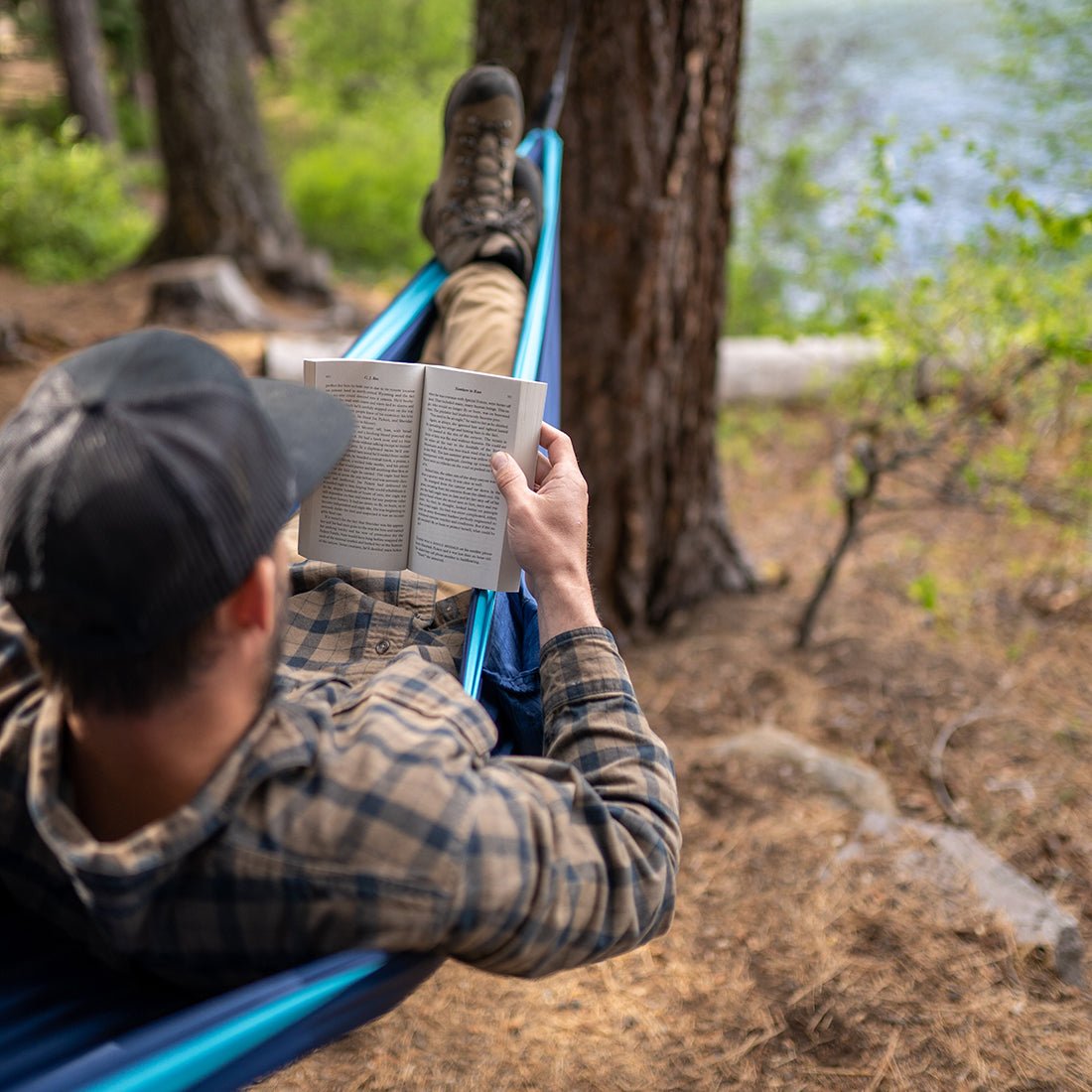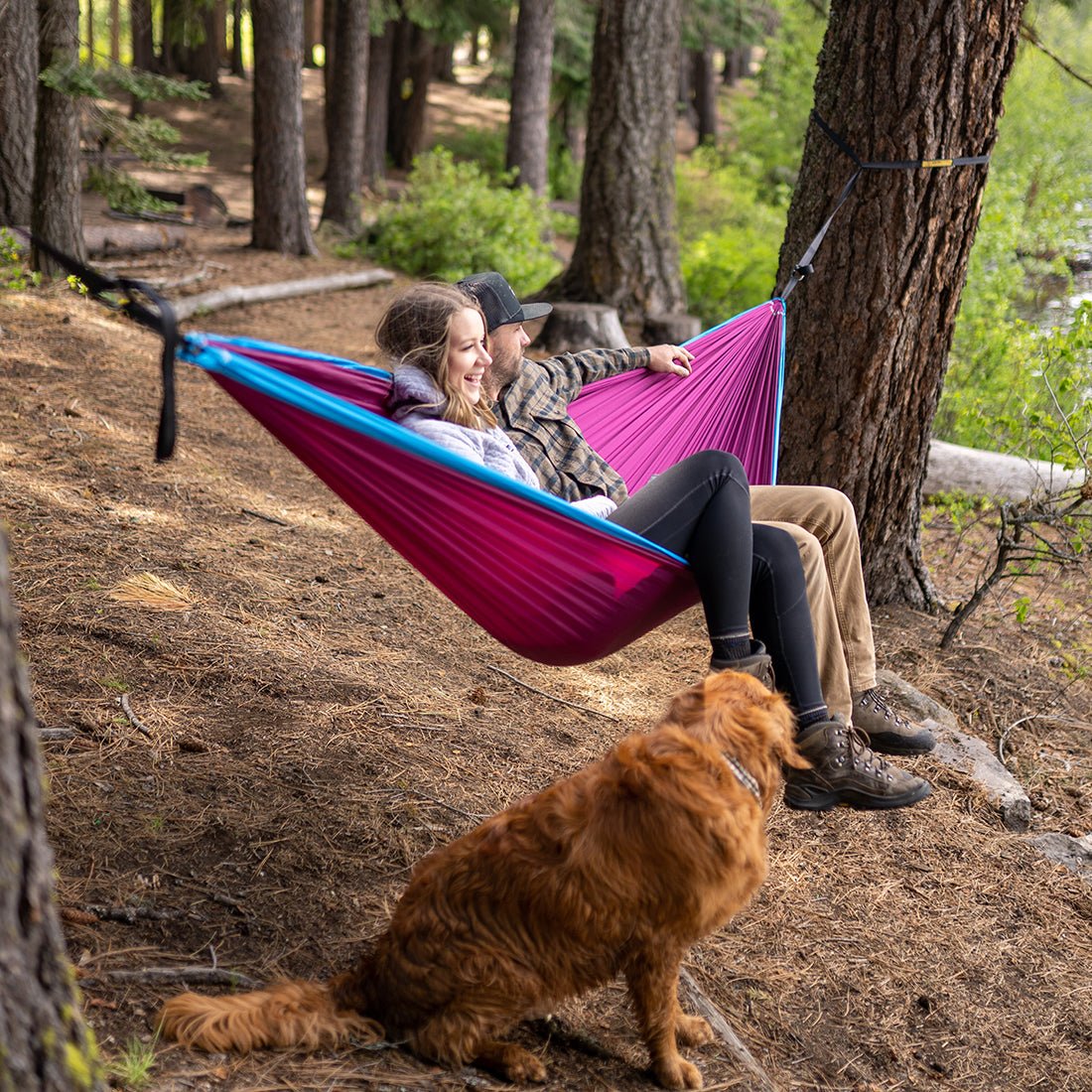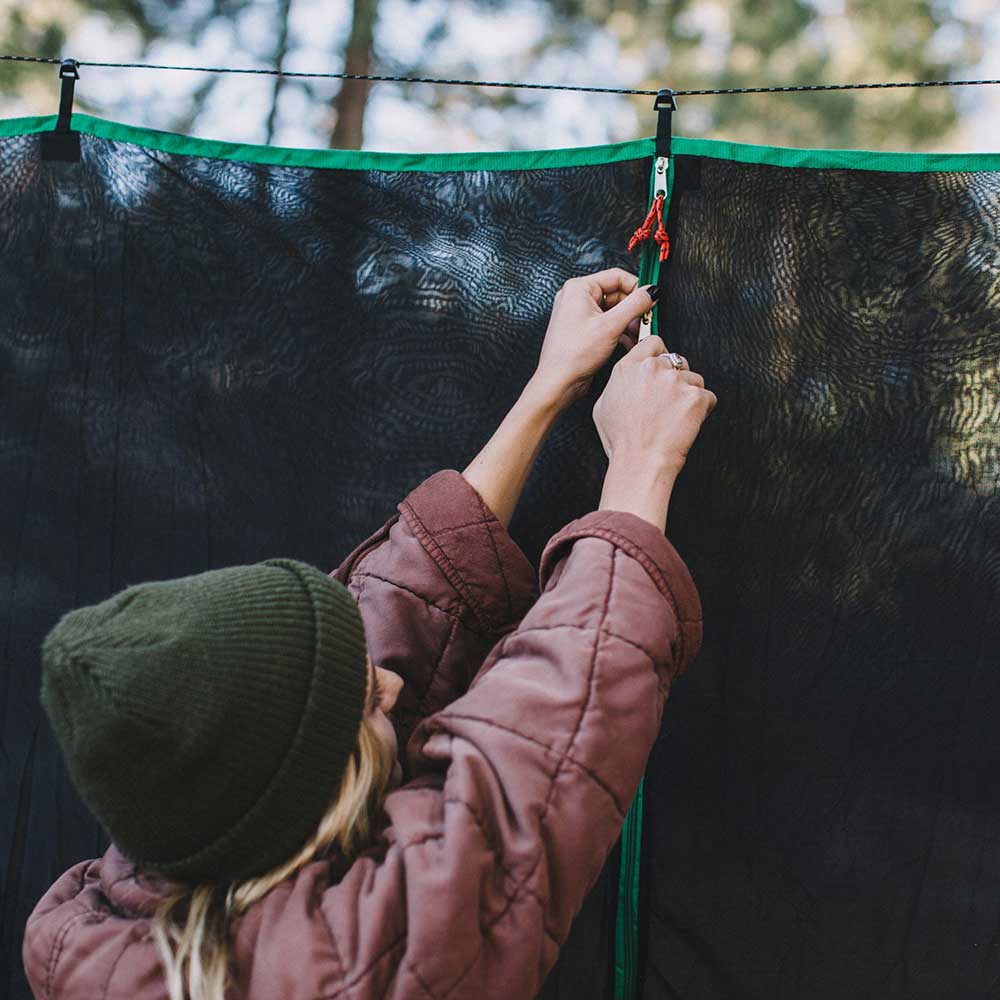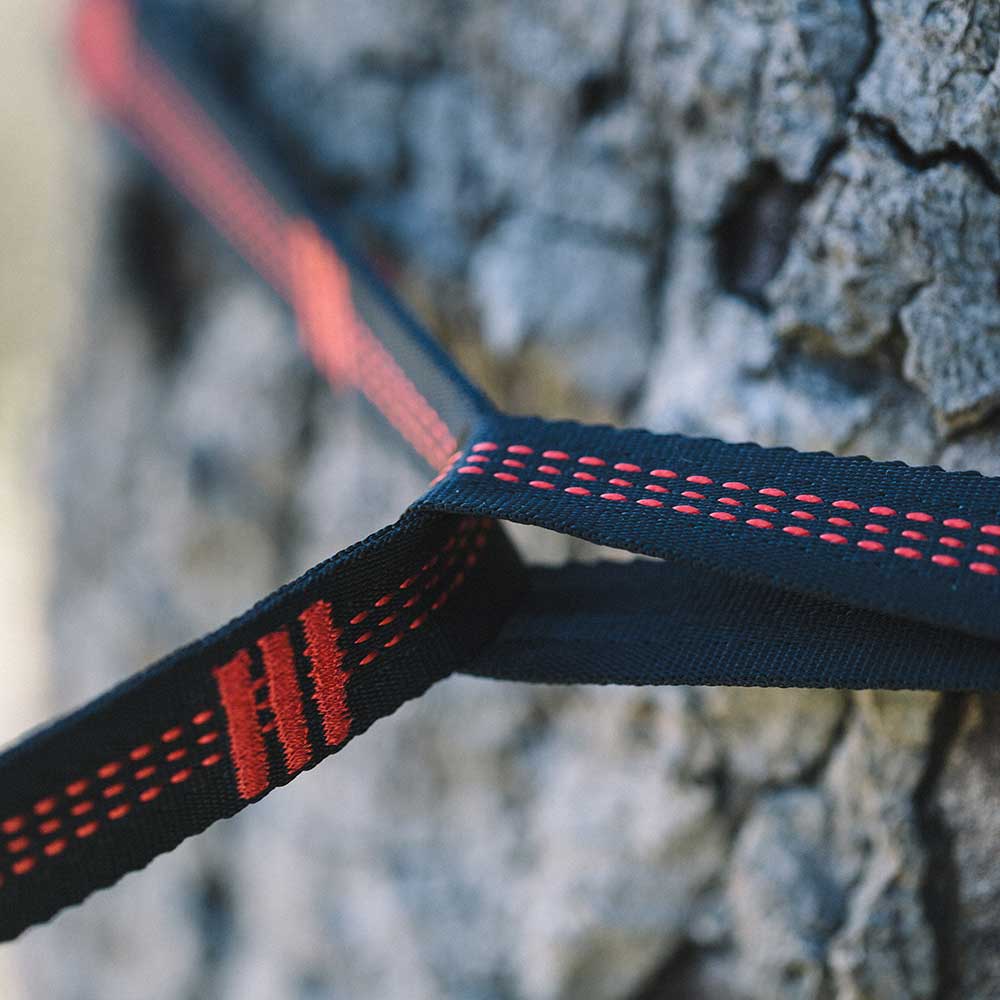1. Why the Stars Look Sharper in Fall
When autumn rolls in, the air loses much of its summer humidity. Drier, cooler air means less atmospheric distortion, so the stars appear brighter and steadier. Fewer insects and lower nighttime temperatures also make for calmer, quieter campsites — ideal conditions to notice the subtle glow of the Milky Way.
2. Best Time of Night
The clearest skies usually come just after dusk once the air temperature stabilizes, and again around midnight when most campfire smoke has drifted off. Moonlight can wash out dim constellations, so check a moon-phase calendar and aim for a new-moon weekend if you can.
3. Constellations to Spot
-
Cassiopeia & Perseus – These two mark the northeastern sky; Cassiopeia’s “W” shape is easy to spot.
-
Andromeda Galaxy – Visible to the naked eye on clear, dark nights — look just off the Cassiopeia “W.”
-
Pegasus & the Great Square – A helpful landmark for orienting yourself in the fall sky.
-
Orion Rising – By late fall, you’ll catch the hunter climbing above the horizon, signaling winter ahead.
4. Finding the Perfect Spot
Seek out dark-sky areas or rural campgrounds far from city glow. Even 20 miles from town can make a difference. Parks often post “light-pollution maps” online — look for dark-blue zones. If you’re hammock-camping, choose a clearing with minimal tree cover facing east for the best view of Orion’s rise.
5. Gear & Comfort Tips
-
Warm layers: Fall nights can dip fast once the sun sets.
-
A small red-light headlamp: Helps you see without ruining night vision.
-
Binoculars: You don’t need a telescope — even simple binoculars can reveal Jupiter’s moons.
-
Hammock or camp chair: The easier you can lean back, the longer you’ll stay out watching.
6. Make It a Moment
Brew a mug of something warm, wrap up in a blanket, and let your eyes adjust for 10–15 minutes. Notice the sounds of night — an owl, a rustle, a far-off breeze. Stargazing isn’t about perfection; it’s about presence.
7. Bonus Tip: Capture the Sky
If you want to photograph what you see, use a tripod and 10–20 second exposure on your phone or camera. Apps like NightCap or Sky Guide make it easy to identify what’s overhead.
When the nights grow cool and clear, the world above us opens wide. Wherever your next adventure takes you, take a moment to look up — it’s one of nature’s best shows, and admission is always free.








